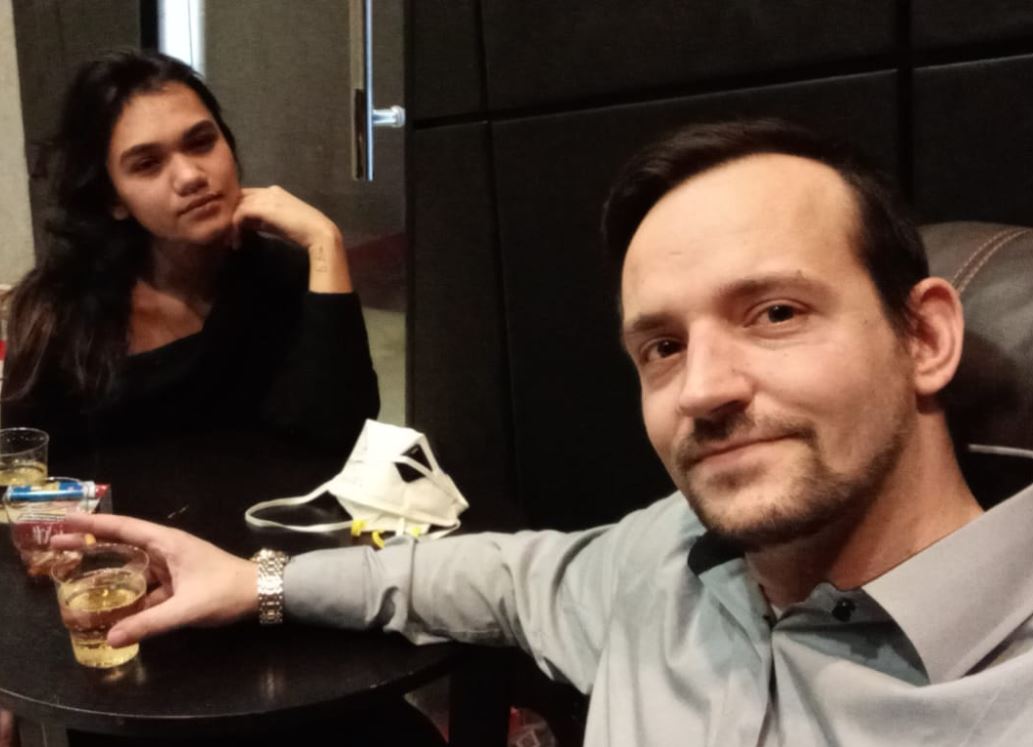4,000 years old teeth show the earliest use of psychoactive substance
With the help of advanced techniques in 4,000 -year -old teeth, archaeologists have discovered the earliest evidence of the consumption of laying nuts in Thailand. This discovery illuminates the long history of psychoactive substances and its cultural importance.

4,000 years old teeth show the earliest use of psychoactive substance
archaeologists have used advanced scientific techniques on 4,000 -year -old dental tray for the first time to confirm indications of the consumption of connoisseurs in old Thai communities.
The meaning of layers' nuts
Betelnuts are typically chewed as "quids", a mixture of deleted lime and ground laying nuts that contain psychoactive connections that promote energy, vigilance, euphoria and relaxation. This mixture is wrapped in a prayer sheet.
The stimulant usually leaves a red, brown or black spot on the teeth and is considered the world's most frequent psychoactive substance, caffeine, alcohol and nicotine, with hundreds of millions of users worldwide.
Earlier archaeological finds have identified laying nuts at various sites through plant remains or discolored teeth, which provides circular evidence that their use goes back at least 8,000 years.
innovative scientific methods
The use of advanced scientific procedures was able to identify an international team of researchers to consumption of laying nuts in a person who had no tooth discoloration. In a study Specialist magazine "Frontiers in Environmental Archeology" has been shown that the consumption of layouts in Southeast Asia is at least 1,000 years older than earlier evidence, says Piyawit Moonkham, an archaeologist at the University of Chiang Mai in Thailand.
The discovery of "invisible" traces of chewing of laying nuts in the molars shows that in some prehistoric practices the visible evidence may not tell the entire history, explained Moonkham.
a look into the past
The researchers began in 2021 with the collection of antique dental plaque, known as the tartar, by Nong Ratchawat, a neolithic burial place in central hailand. The team took up tiny five-milligram samples of 36 tooth melt samples that came from six individuals.
The method used as liquid chromatography mass spectrometry (LC-MS) (LC-MS) extracts, separates and identifies chemical compounds by measures the weight of the molecule in relation to its electrical load.
In order to test the old samples, however, the team needed a control sample to compare and demonstrate the results of how traces of editorial fluid can look.
development and challenges
The potential of this method is that they do not destroy the original samples, so that the remains for future studies remain intact. While LC-MS is currently being used in various areas, including pharmacy and environmental analysis, use in archeology has so far been limited. Dr. Melandri Vlok, bioarcheologist at Charles Sturt University in Australia, emphasizes that the use of this method to identify connections in dental surface is innovative.
Health aspects of laying nuts
Although layouts have long been associated with hospitality and religious rituals, research has increasingly focused on its classification as a carcinogenic and correlation between the consumption of prayer and mouth cancer.
"The chewing of layers nuts has significant health effects," said Vlok. "It affects millions of people in tropical Asia-Pacific, but we don't really know since this behavior has been practiced."
future research
The researchers still examine possible reasons for the lack of tooth discoloration in the person examined, which could indicate different chewing, cleaning habits or decomposition over the millennia. Future studies could also deal with other individuals from the Nong Ratchawat site in order to find more information about the consumption of laying nuts.
The technology presented could also be used for a variety of plant and food residues, which would give new insights into old practices. Moonkham emphasizes that it is important to understand the social and cultural aspects of plants to grasp the overall picture.

 Suche
Suche
